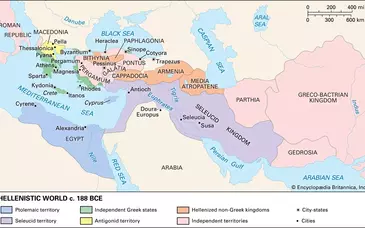Greek Alphabet
Greek Inscription
Greek Inscription in Ephesis
Greek Mosaic
The Greek language was the language of the New Testament. It was popularised and promoted by Alexander the Great 336 B.C. and remained in use until about A.D. 500. The promotion of the Greek culture including the language was called Hellenism. The language of the New Testament is called Koine or common Greek rather than the more sophisticated classical Greek of schollars. This became very significant because God gave his revelation of his son in the common language of the people. Besides being the language of the people the structure of the language itself is very expressive. For example there are three words for love which narrows the meaning to either godly love, sexual love or brotherly love.
Capitals are only used to describe proper names; sentences begin with small letters. The semi-colon is the question mark in greek. [; = ?] There are 24 letters to the Greek alphabet compared with the 26 in English.

